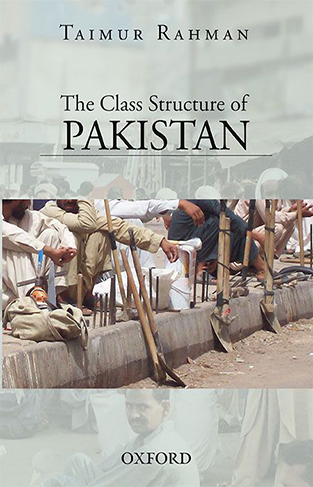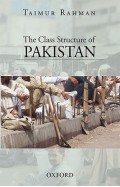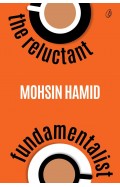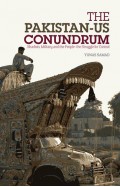The Class Structure of Pakistan
By: Taimur Rahman
-
Rs 824.00
- Rs 1,030.00
- 20%
You save Rs 206.00.
Due to constant currency fluctuation, prices are subject to change with or without notice.
The study develops three propositions: First, that the mode of production of pre-colonial South Asia was qualitatively distinct from European feudalism; second, that the colonial path of capitalist development of South Asia resulted in a socio-economic formation that combined features of the Asiatic and capitalist modes of production, which this study terms Asiatic capitalism; third, that in Pakistan manufacturing and services are dominated by petty commodity production and small-scale capitalism. The author concludes by outlining the implications for Pakistan’s politics, society, and culture.
The study develops three propositions: First, that the mode of production of pre-colonial South Asia was qualitatively distinct from European feudalism; second, that the colonial path of capitalist development of South Asia resulted in a socio-economic formation that combined features of the Asiatic and capitalist modes of production, which this study terms Asiatic capitalism; third, that in Pakistan manufacturing and services are dominated by petty commodity production and small-scale capitalism. The author concludes by outlining the implications for Pakistan’s politics, society, and culture.
Zubin Mehta: A Musical Journey (An Authorized Biography)
By: VOID - Bakhtiar K. Dadabhoy
Rs 472.50 Rs 1,050.00 Ex Tax :Rs 472.50
The Reluctant Fundamentalist: From Book to Film
By: Mira Nair
Rs 602.25 Rs 1,095.00 Ex Tax :Rs 602.25
The Origins of Political Order From Prehuman Times to the French RevolutioN
By: Francis Fukuyama
Rs 3,116.00 Rs 3,895.00 Ex Tax :Rs 3,116.00
Manning Up: How the Rise of Women Has Turned Men into Boys
By: Kay Hymowitz
Rs 646.75 Rs 995.00 Ex Tax :Rs 646.75
The Obama Syndrome: Surrender At Home War Abroad
By: Tariq Ali
Rs 1,036.00 Rs 1,295.00 Ex Tax :Rs 1,036.00
The Quest For Meaning: Developing A Philosophy Of Pluralism
By: Tariq Ramadan
Rs 1,116.00 Rs 1,395.00 Ex Tax :Rs 1,116.00
The Pakistan US Conundrum Jihadists The Military And The People The Struggle For Control
By: Yunas Samad
Rs 1,116.00 Rs 1,395.00 Ex Tax :Rs 1,116.00
An Enemy We Created: The Myth Of The Taliban Al Qaeda Merger In Afghanistan 19702010
By: Alex Strick van Linschoten
Rs 3,412.50 Rs 5,250.00 Ex Tax :Rs 3,412.50
WikiLeaks: Inside Julian Assanges War on Secrecy
By: David Leigh & Luke Harding
Rs 552.50 Rs 850.00 Ex Tax :Rs 552.50
The Reluctant Fundamentalist: From Book to Film
By: Mira Nair
Rs 602.25 Rs 1,095.00 Ex Tax :Rs 602.25
No recently viewed books available at the moment.
Zubin Mehta: A Musical Journey (An Authorized Biography)
By: VOID - Bakhtiar K. Dadabhoy
Rs 472.50 Rs 1,050.00 Ex Tax :Rs 472.50
The Reluctant Fundamentalist: From Book to Film
By: Mira Nair
Rs 602.25 Rs 1,095.00 Ex Tax :Rs 602.25













-120x187.jpg?q6)









 Ltd1-120x187.jpg?q6)

-120x187.jpg?q6)



-120x187.jpg?q6)



